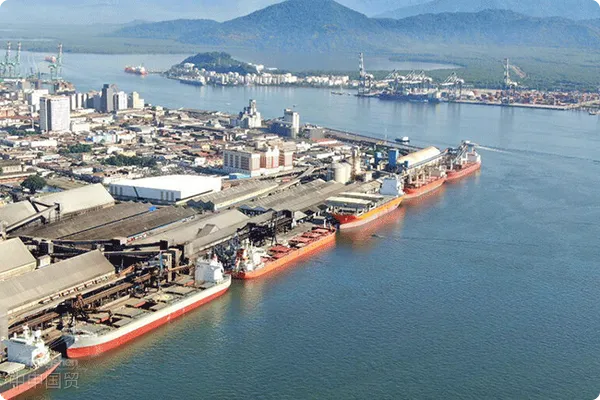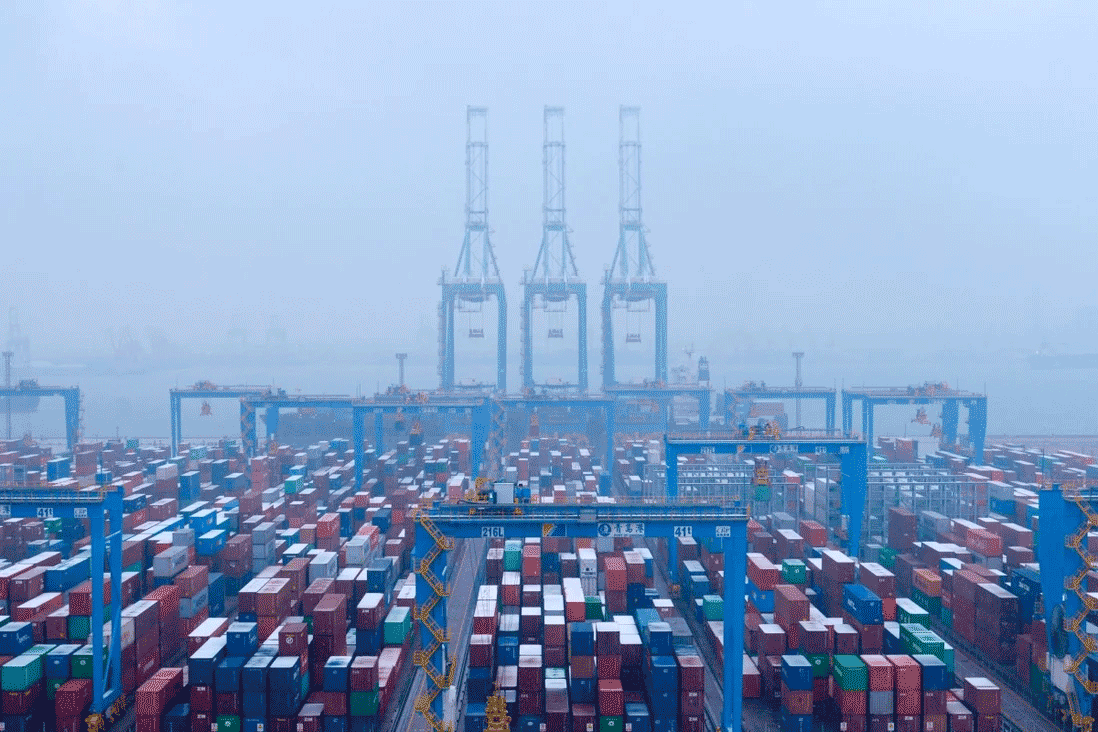- Shanghai Zhongshen International Trade Co., Ltd. - Two decades of trade agency expertise.
- Service Hotline: 139 1787 2118

Uncover the key role of CCIC inspection inEquipment Imports,
In international trade practice, whether the import of equipment requires CCIC pre - shipment inspection has always been the focus of attention of enterprises. According to the newly released Inspection and Supervision Measures for Imported Used Mechanical and Electrical Products in 2025, combined with the authors twenty - year experience in customs clearance practice, we have systematically sorted out the following decision - making key points.import and exportThree typical scenarios where CCIC inspection must be implemented
Import of used mechanical and electrical equipment
- Production equipment such as machining centers and injection molding machines (Customs Code Chapters 84 - 85)
- Testing instruments with a service life of more than 3 years (Chapter 90)
- Construction machinery involving safety and environmental protection (Chapter 87)
- New equipment of specific categories
- Pressure vessel equipment (Chapter 73)
- Medical imaging equipment (Chapter 90)
- Production equipment (Chapter 85)
- New energySpecial requirements of the country of origin
- Equipment imported from Japan requires radiation detection
- Equipment imported from Europe and the United States requires CE/UL certification verification
- Key points for optimizing the inspection process in 2025
According to Announcement No. 45 of the General Administration of Customs, the CCIC inspection process has achieved three major upgrades:
The verification time of electronic certificates is shortened to 2 working days
- The inspection items are streamlined by 30% (mainly retaining the core indicators of safety and environmental protection)
- The scope of accreditation of third - party inspection agencies is expanded to 15 countries
- Risk avoidance strategies in practical operations
When an enterprise imported a used German CNC machine tool in 2024, the ship was detained at the port for 37 days due to the failure to handle the CCIC inspection certificate in a timely manner. This case reveals three key control points:
: Obtain the classification pre - ruling opinion in advance
- HS code pre-confirmationControl of inspection timeliness
- : Reserve at least a 45 - day inspection cycleDocument connection management
- Document Linkage ManagementEnsure that the License Number column on the customs declaration form is accurately filled with the CIQ number
The essential differences in inspection requirements between new and used equipment
- Second - hand equipmentCompulsory pre - shipment inspection + arrival inspection
- Brand - new equipmentOnly specific categories require a type test report
- Key judgment criteriaWhether the manufacturing date on the equipment nameplate exceeds 3 years
Three new changes in the inspection policy in 2025
- Electronic certificates fully replace paper documents (starting from July 1, 2025)
- Kazakhstan and the UAE are added to the list of countries with mutual recognition of inspection results
- The environmental protection standard is upgraded to the National VI emission requirements
Clarification of common misconceptions
- Myth 1: The whole machine imported can be exempted from inspection (Reality: Complete sets of equipment still need inspection)
- Myth 2: Equipment transferred in the bonded area is exempt from inspection (Reality: Procedures still need to be completed when leaving the area)
- Myth 3: Defective products can be rectified after the event (Reality: The overseas rectification cost increases by 300%)
By systematically mastering the core rules of CCIC inspection, enterprises can effectively avoid an average of 15% loss of import costs. It is recommended that when choosing agency services, focus on examining the suppliers inspection plan - making ability and historical case database, especially in handling the import of special equipment. The difference in professionalism may lead to an overall customs clearance efficiency difference of more than 3 times.
Related Recommendations
? 2025. All Rights Reserved. Shanghai ICP No. 2023007705-2  PSB Record: Shanghai No.31011502009912
PSB Record: Shanghai No.31011502009912










